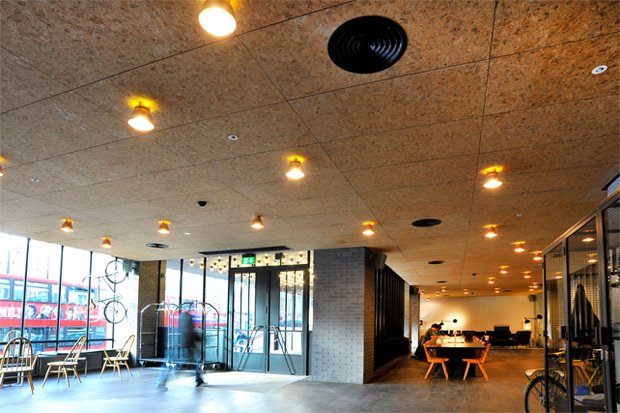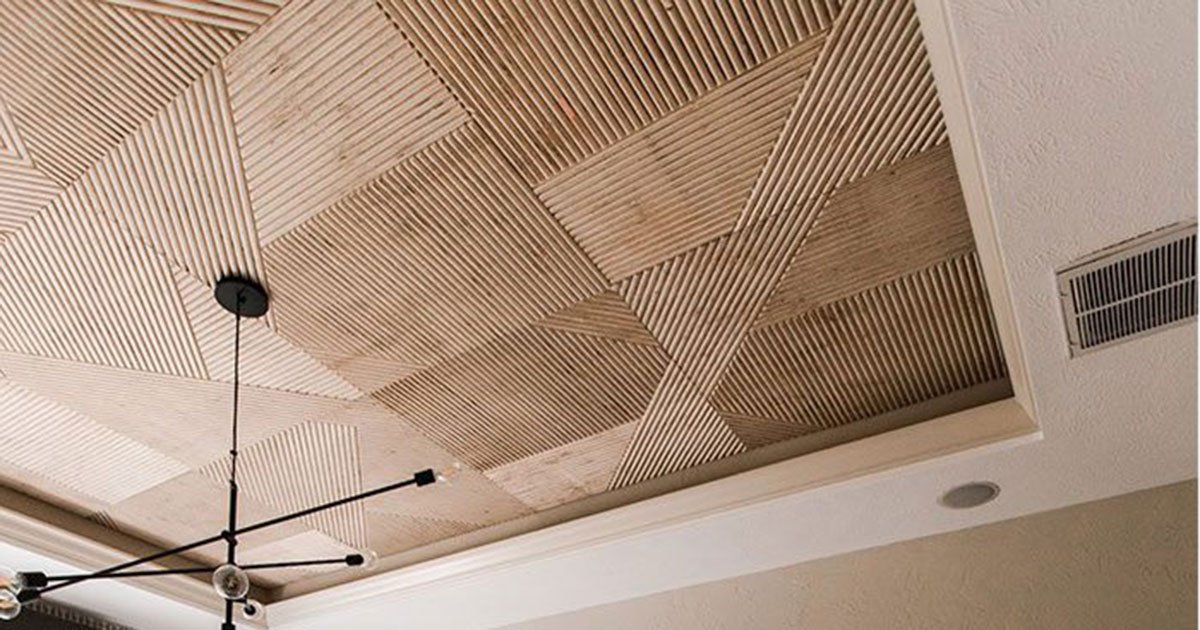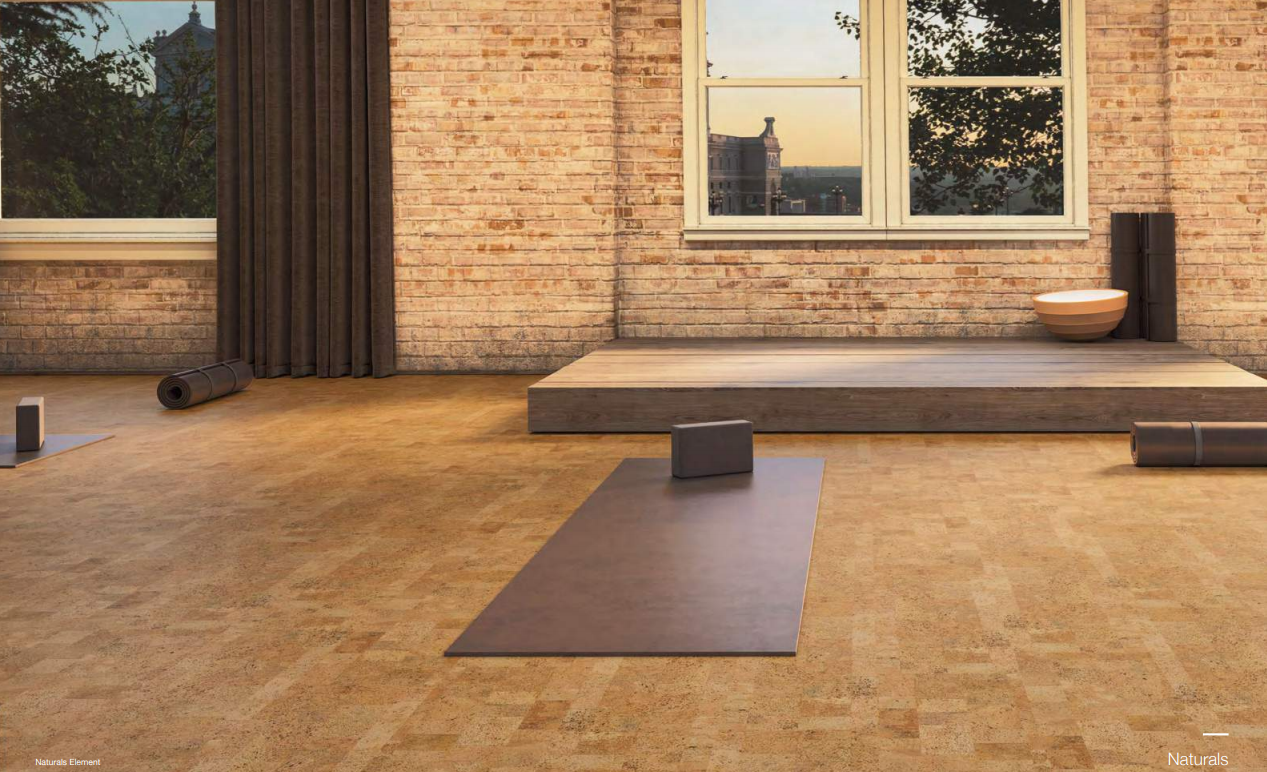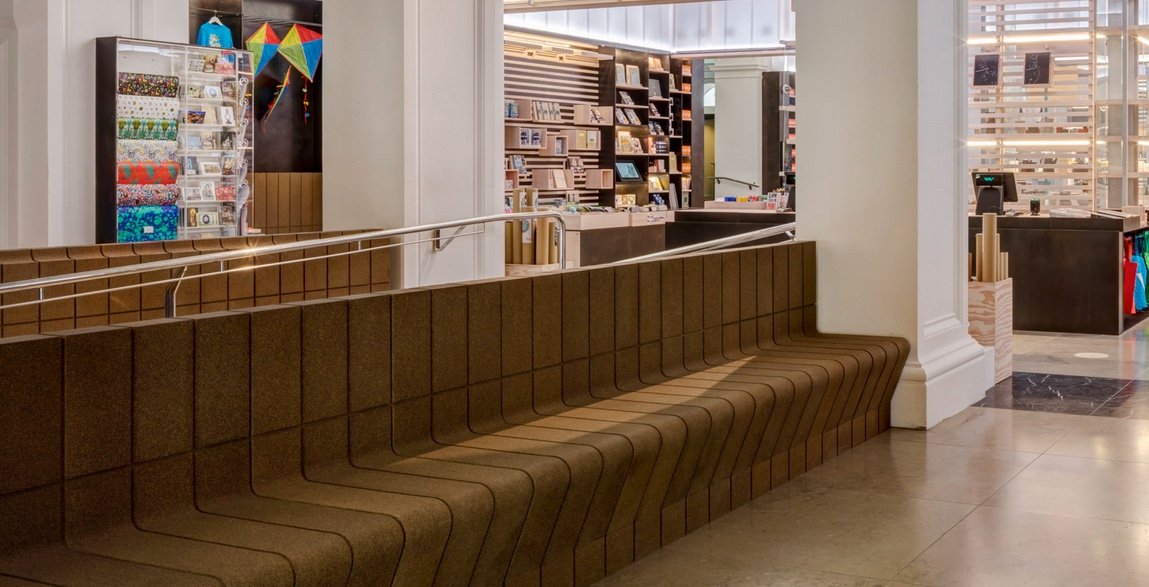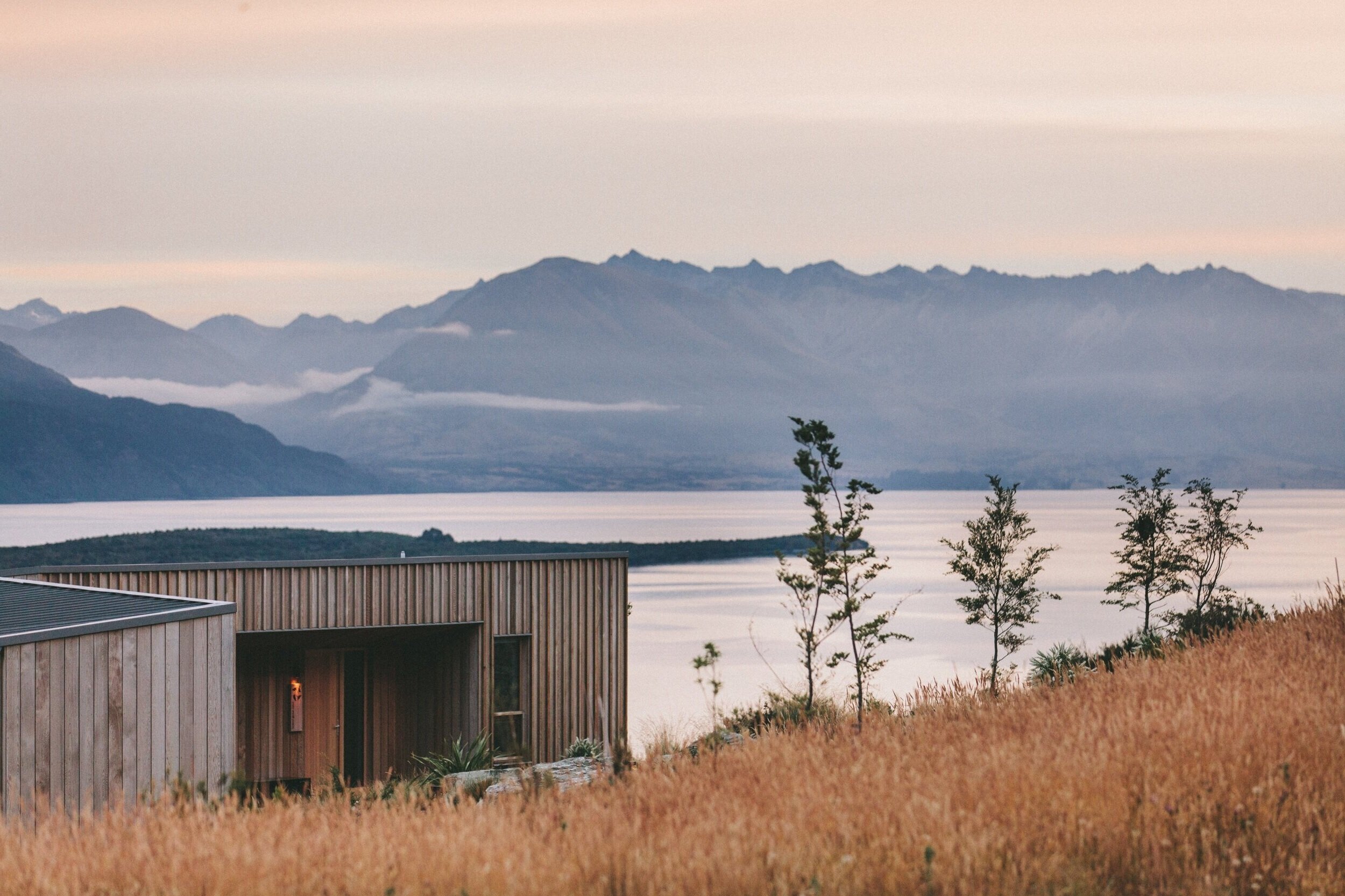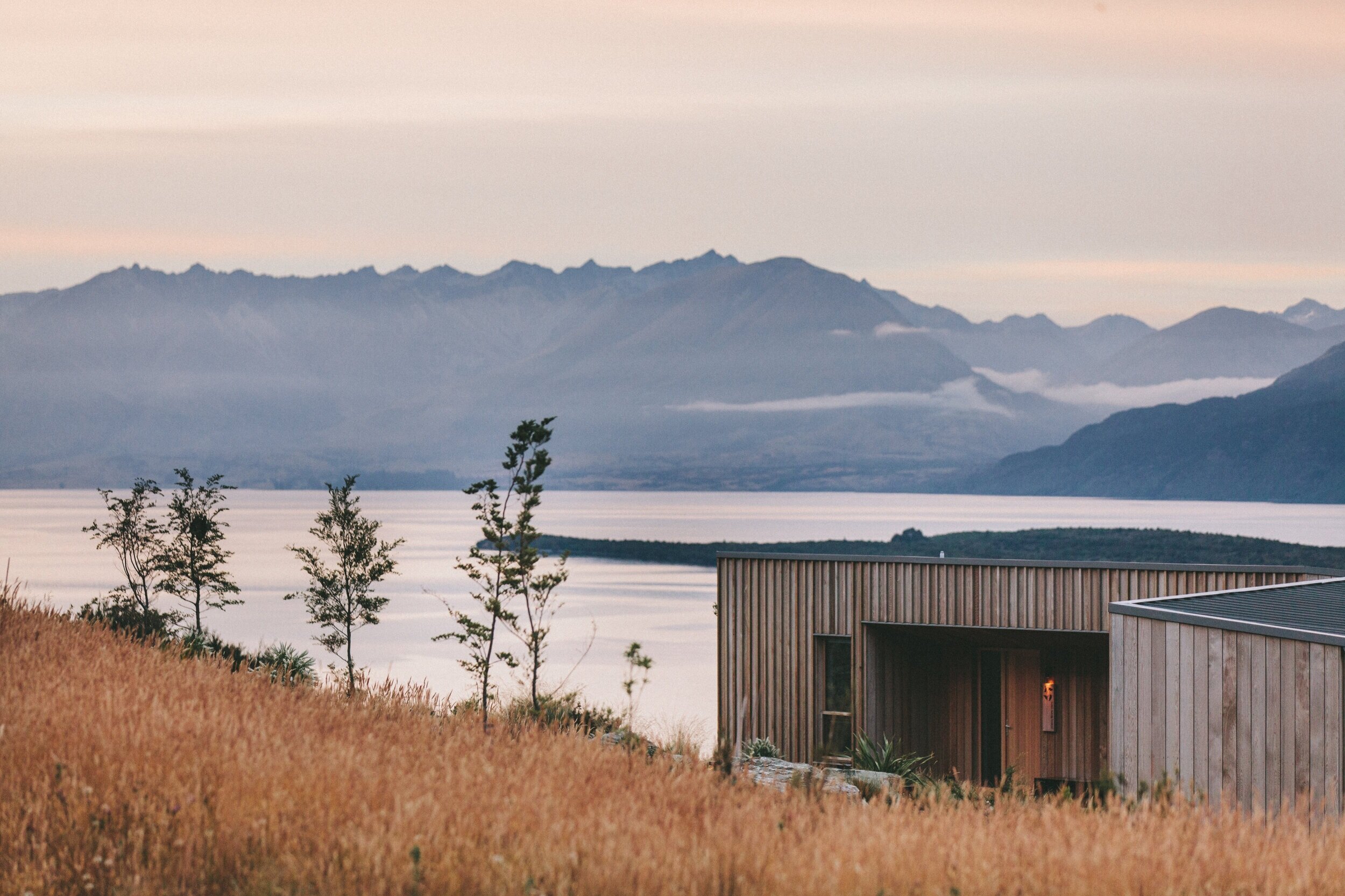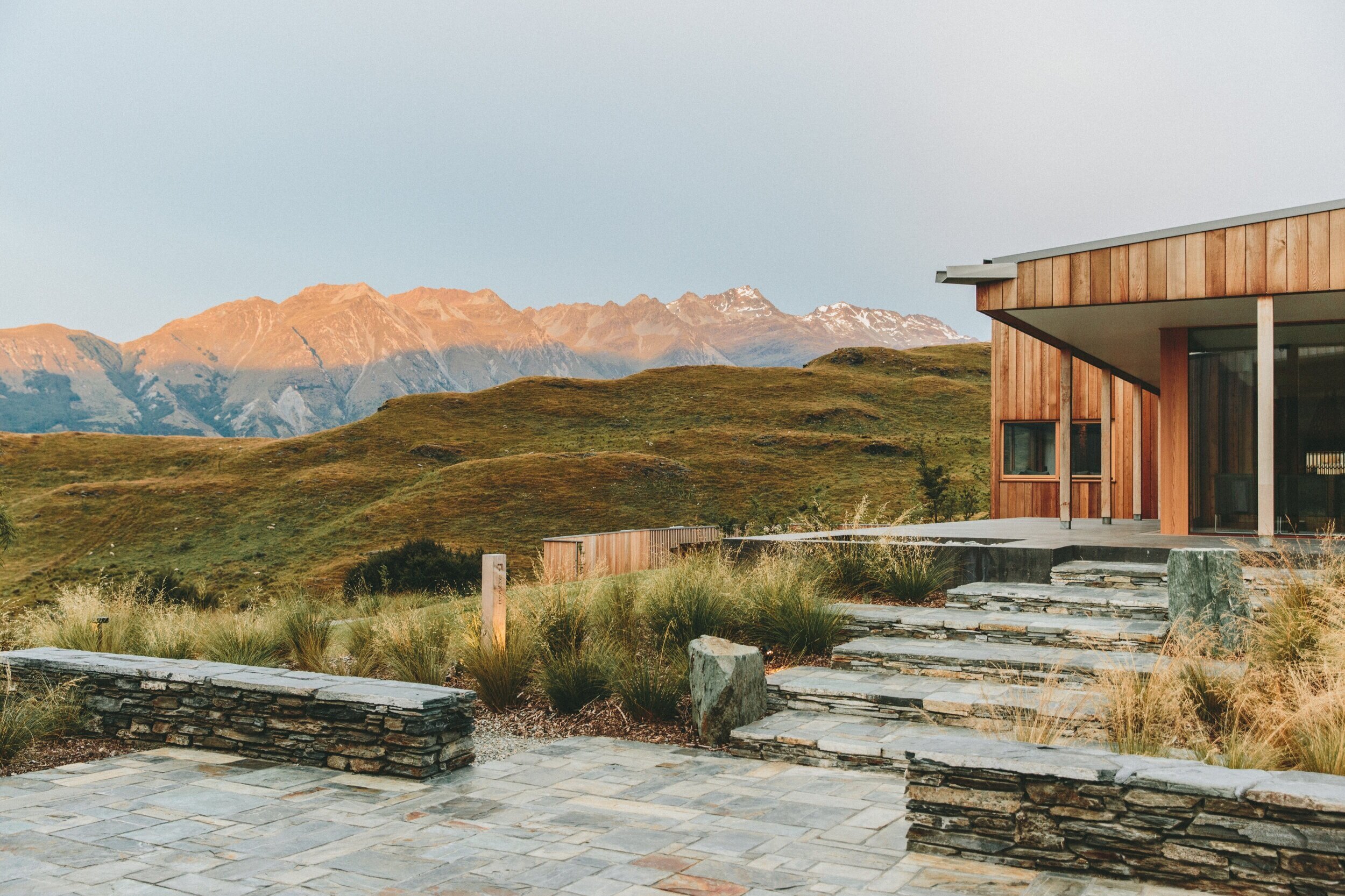CORK
Join us on a journey of discovery of sustainable cork production, among the world’s most eco-friendly material ideal to create 3D carved façades, textured interior surfaces and furniture. Sourced responsibly, our cork panels not only stand as a testament to sustainability but also deliver unmatched thermal and acoustic benefits. Each panel is intricately designed, showcasing 3D artistry that breathes life into both interiors and facades.
- RAMSAY GROUP -
CORK PRODUCTION
Step into the world of our cork solutions, where the perfect harmony between low-tech material and high-tech processes creates remarkable possibilities. aesthetics, optimizing not only cork's thermal and acoustic properties but also infusing artistic value into traditional walls.
Experience the transformative power of our cork solutions, where the fusion of low-tech materials and high-tech processes opens up new realms of design. From custom wall installations to bespoke cork furniture, our use of 100% natural and sustainable expanded cork agglomerate, coupled with generative design algorithms and advanced digital fabrication techniques, creates visually stunning and functional results. By harnessing cork's innate thermal, acoustic, and anti-vibration properties, we optimize its potential while adding artistic value to traditional walls. Our production process prioritizes ecological practices, utilizing biomass and achieving significant energy self-sufficiency. Discover the exceptional benefits of cork as a CO2 sink and explore its limitless possibilities for environmentally conscious and aesthetically striking projects.
CORK
Cork is made by the bark of a Cork Oak Tree, which reaches maturity after 26 years of growing. Once mature, skilled cork harvesters will begin to strip the bark by hand. The pieces of cork are then ground up and fused together. Expanded Corkblocks are created in an autoclave, a 100% natural process, without the use of any additives. This technology, consists of injecting water vapor through pellets that will expand and agglomerate with the resin of the cork itself.
Cork, offers a huge range of advantages, in addition to being an excellent thermal and acoustic insulator and as well as antivibration, it’s also a CO2 sink, playing a key role in the environment.
LETS WORK TOGETHER.
If you have an idea, concept, technical design or would like to learn more about our architectural products, please contact us.
WALL COVERINGS
Cork can be used to create incredible carved 2d and 3d panels and tiles. These panels combine sustainability with innovation, outstanding acoustic benefits with unique aesthetics. Gencork transform cork with generative design and industrial digital manufacturing processes, creating unique 3d and 2d surfaces with a huge range of different variations of a pattern, which can adapt to any size and space.
CORK BLOCKS
Cork blocks are CNC milled to carved out the desired shapes generating incredibly plastic furniture and objects. Cork can also be shaved in very thin sheets and becomes an excellent alternative to leather: soft, pliable and durable
RAW MATERIAL
Cork completes a fascinating journey where humankind, nature and technology are woven together and support each other. The harvesting of cork - always performed by skilled workers who pass their know-how from generation to generation - is just the first step of an extraordinary process of transformation where nothing is wasted.
Cork is harvested every nine years, always between May and August, when the tree is at its most active phase of growth. No trees are felled, and cork is harvested without harming the tree. The process is performed with extreme consciousness and focus, by making a vertical, then a horizontal incision on the trunk and carefully pulling of the cork plank. The cork tree is the only species whose bark regenerates itself after each harvest. The bark grows back completely, acquiring a smoother texture after each harvest. For the cork oak, each ending is a new beginning.
ARCHITECTURAL APPLICATIONS
Beyond flooring, benches and wall coverings, cork furniture and upholstery are gaining momentum in interior design. Cork can be ground and shaved to be applied to soft furnishings while its natural grain can be tinted and stained to develop a multitude of pattern and colour finishes. Cork is waterproof and fire retardant, so application in bathrooms, kitchens and laundries is quite popular from flooring to cabinetry and bench tops. Its insulating qualities allow it to absorb and retain heat while it is applied to many commercial buildings for its acoustic properties. Like many natural materials that have been around for centuries, the design industry can expect the continuing resurgence of cork for its environmental benefits and flexible application opportunities in interiors.
FUNCTIONALITY
The adaptability of cork as a material has meant many buildings are beginning to use it for both external and internal uses. When used internally, cork regulates humidity, absorbs odors and provides comfortable sound reverberation and aesthetically benefits environments with an organic, warm atmosphere. As cladding, the impermeable cork protects the building against the elements for a significantly carbon negative material.
Cork In Use . . .


